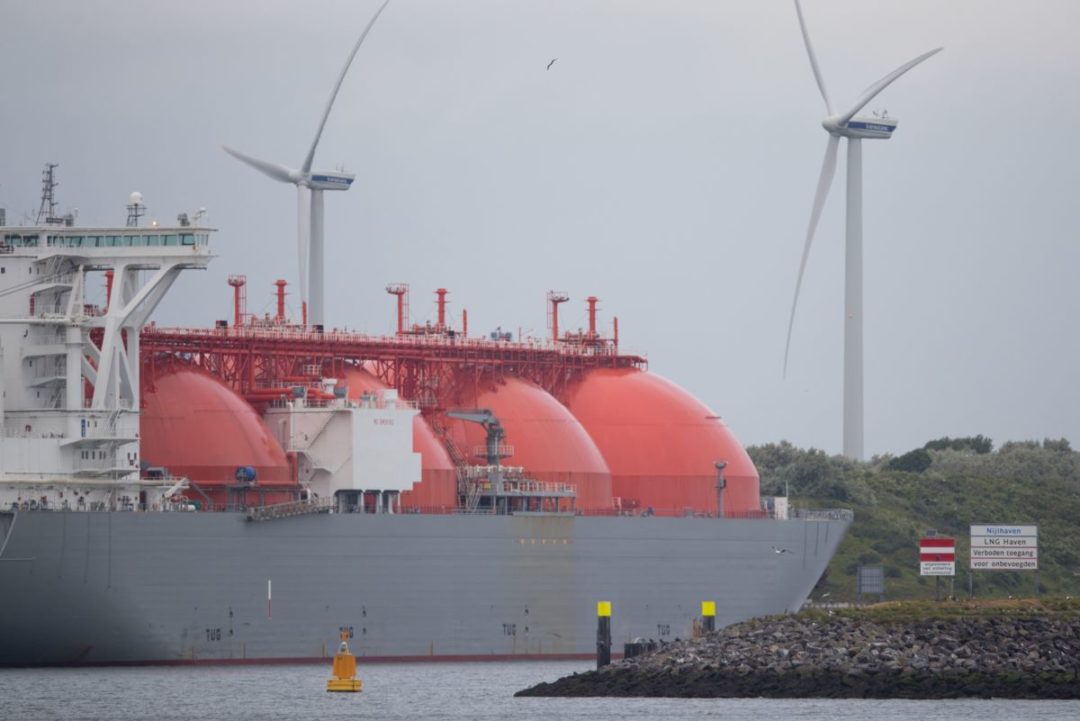
Visit Our Sponsors |
|
|
|
|
|
|
|
|
|
|
|
|
|
|
|
|
|
|
|
|
|
|
|
|
|
|
|
|
|
|
|
|
|
|
|
|
|
|

Photo: Bloomberg
European natural gas prices closed at the lowest level in almost 22 months as demand stalls and fuel cargoes pile up at sea.
Benchmark futures, already down more than 50% since the start of 2023, settled below €35 ($38) for the first time since July 2021. With Europe’s heating season over, and hot weather still to take hold, gas consumption remains subdued and there’s no rush to bring in extra supply.
The volume of liquefied natural gas on the water for more than 20 days worldwide the week beginning May 8 jumped to the highest seasonal level since at least 2017, data compiled by Bloomberg show. It’s now roughly double the average over the last six years.

The trend indicates there’s more gas available in the market than it currently needs. Similar levels of on-water storage are usually seen in the run up to winter, not in spring when countries start to build up inventories at lower prices ahead of the colder months.
Traders are closely eyeing cooling demand, which could pick up in the coming weeks when the weather turns hotter and bolsters prices for LNG sales. Attention is also on re-emerging demand in Asia, as well as a rebound in industrial gas use.
Aggregated speed for the global LNG vessel fleet has declined, going from an average of about 14 knots for April in previous years, down to 13 knots in April 2023, said Lu Ming Pang, an analyst at Rystad Energy AS.
“This may indicate that there is sufficient supply in the market, with deliveries slowing down to match decreased levels of activity in this period,” he said.
European LNG inventories have higher stocks than usual for this time of the year, while underground gas storage facilities in the region are about 62% full — also well above historic norms.
Dutch front-month gas, Europe’s benchmark, fell 2.7% to settle at €34.99 per megawatt-hour. The U.K. equivalent contract lost 2%.
RELATED CONTENT
RELATED VIDEOS
Timely, incisive articles delivered directly to your inbox.






